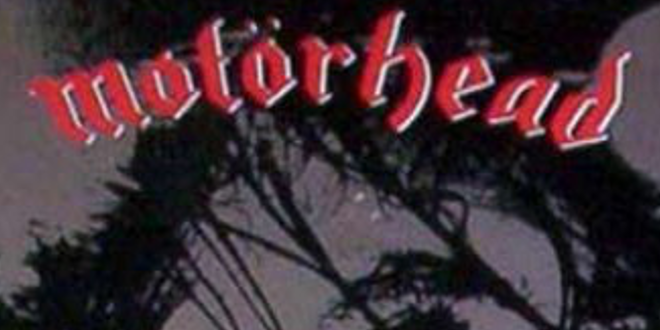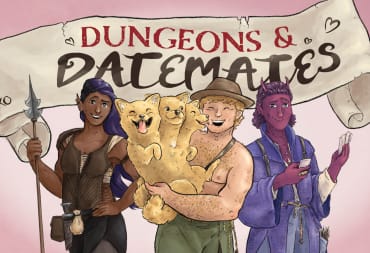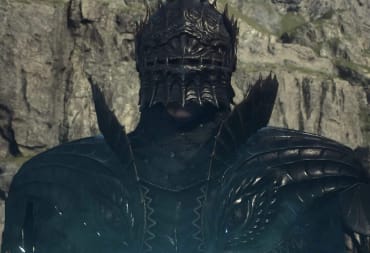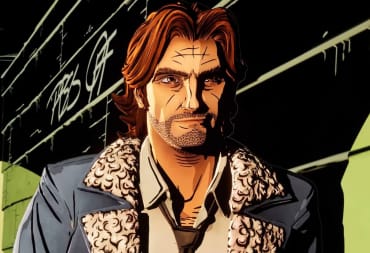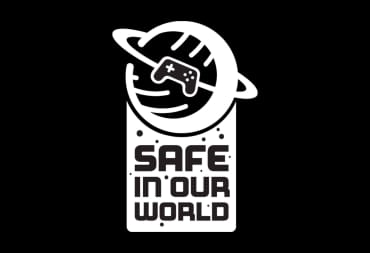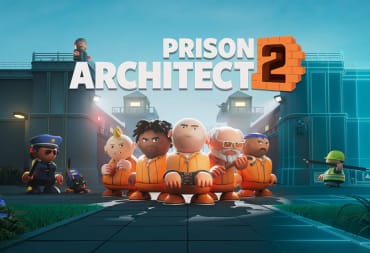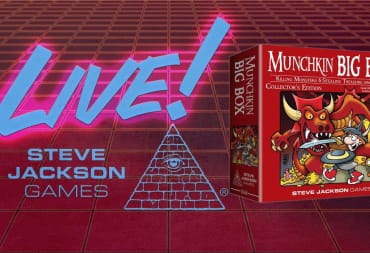For those who may not know, the front man for the Heavy Metal band Motörhead, Lemmy Kilmister, passed away on December 28th after being stricken with cancer. Lemmy, for all intents and purposes, is an icon in the heavy metal scene, known for his growling, raspy vocals and quick pace song playing. For over 40 years, his band Motörhead has been a stalwart symbol for hard rock and metal fans. His life itself is almost the embodiment of the rock and roll fantasy—copious consumption of alcohol and drugs, steady stream of sex partners, and kick ass music make Lemmy the stuff of legend among metalheads and Motörhead legendary as far as bands go.
It is hard not reminiscing over Lemmy and his lifestyle when his music does most of the talking. From the fast screeching lyrics of “Ace of Spades” to his haunting ballads like “1916,” Lemmy did it all on stage, and then some. His presence in the music scene for over 40 years, when he first started with the band Hawkwind, will leave a lasting legacy that tells most of the story of Lemmy, and of Motörhead. But it is not the only piece of the puzzle, as Lemmy has also crossed over into other genres, such as movies and TV, and of course, made his way into video games in various forms.
https://www.youtube.com/watch?v=78rmyo6uw7w
Tributes to Lemmy and Motörhead are abound in video games. Perhaps the most famous one of all is Lemmy voicing himself in the 2009 metal-themed Brutal Legend by Double Fine. As Tim Schafer’s only good game, Brutal Legend is part action-Zelda title, part console RTS. Lemmy, along with other major metal stars and singers such as Rob Halford and Ozzy Osbourne, portrayed themselves in extended roles, serving as generals in the growing army of metalheads led by Roadie out of time Eddie Riggs, as they fight demons and goths across a Heavy Metal album cover.
While Brutal Legend was not a major success upon release, it is certainly a cult video game today, becoming something of a niche title for metal fans the world over. Yet, this is not Lemmy’s first video game. True, there are references to Lemmy in gaming for years now—the most famous of which is probably the young koopa named after the bassist from Super Mario Bros. 3—but Lemmy himself has appeared in a video game before. A very obscure video game, in fact, titled Motörhead.
Oh yes, Motörhead had a video game. It was during that Wild West time of PC and arcade games being made with high profile rock bands as the stars. Revolution X, for example, had Aerosmith, a terrible, digitized graphics FPS rail shooter. Journey had an arcade game released to coincide with their 1983 rock tour, and even Iron Maiden made a PC game once called Ed Hunter in 1999 as a bonus to their recent greatest hits albums.
https://www.youtube.com/watch?v=jdj8APyqvqw
Suffice to say, all of these games are below average at best (in the case of Ed Hunter) or downright awful at their worst (in the case of the Journey Game). It wouldn’t be until the rhythm genre begins to take off on home consoles with Guitar Hero and Rock Band where we see an explosion of music-based video games that people enjoy playing, because they go back to the roots of the music genre by making the songs the emphasis through gameplay, not using the bands or their mascots as a marketing tool in other genres.
Motörhead is truthfully not an exception to this rule. Produced by Virgin interactive for the Amiga PC system and the Atari ST, Motörhead is essentially a short side-scrolling beat‘em up that has the player take control of Lemmy. Your goal is simple: rescue your bandmates by going through six levels, each representing a different theme, such as cowboys, punk rockers, or zombies, and skeletons.
And that’s really it. There is not much to say about Motörhead in general outside of that. It was a limited release in 1992 and at least thematically employed many of the symbols the band is memorable for, including their own mascot Snaggletooth. Lemmy uses his bass guitar to beat up enemies and powerups such as beer to regain health. Special moves are also employed, such as summoning Snaggletooth or Death to clear the screen for you, which are filled up by collecting Snaggletooth tokens dropped by enemies. Outside of this, though, there is a small mini-game that is played at the end of the first five levels that breaks up the monotony of the side-scrolling action.
The game itself is not to be taken that seriously, with a sort of cartoonish vibe to it that carries over the ridiculousness of the whole situation—after all, it is not every day a bassist summons Death to kill cowboys in a western-styled saloon. The game doesn’t capture the essence of Motörhead in terms of its sound, but rather its iconography, and in 1992 that was a step above most at least. Even reviewers at the time gave it light praise; one review from Marcus Dyson, writing for Amiga Format 32 in 1993, awarded Motörhead a 76% score, stating “You run around flick-screen environment beating up the inhabitants thereof. You can resort to magic, firing powerchords and oral missiles at the foe … the high point though, has to be the dropping the nut on the enemy … The inclusion of large motorbikes and a tongue-in-cheek attitude save this from being just another beat-em-up.”
https://www.youtube.com/watch?v=26hUOALAAFo
It also helped that Motörhead was a budget title, priced at £15.99, or the equivalent of about $22.00. It made no bones about its status as a bargain game, and from this prism, the production values as a game are at least competent enough to be playable. Obviously by today’s standards that is never good enough; heck the game offers little challenge for Amiga and Atari ST players, and can be completed in about a half hour if you know what you are doing.
In truth, there is a lot to say about Motörhead as an entity over their own cross-promoted products. Motörhead the game is much like Revolution X or Journey the game; it was done at a time of licensing out as many products as possible for release. This practice does continue today, but has become more refined as time goes on; the stigma of the “bad movie-based video game” is slowly going away, and as I stated before, titles like Guitar Hero have given musicians a door into video games that is not out of place of their own music. Motörhead the band, however, is one of the forefronts of that; a band that for 40 years rocked and rolled the world with fast-paced songs and long-standing tours.
Motörhead may be gone now, as the band has officially broken up in the wake of Lemmy’s death, but their legacy is guaranteed in many forms. From video games to their presence in titles both good and bad, to their music which shall endure for decades, Motörhead the game is just a footnote into the lasting legacy, but a part of it nonetheless. It would be easy to shame the band for a mediocre product, but perhaps a better tactic is to embrace the flaws for what they are—a cheap, easy game that can be fun in the right circumstances.
I think Lemmy himself said it best, in the end. “I don't do regrets. Regrets are pointless. It's too late for regrets. You've already done it, haven't you? You've lived your life. No point wishing you could change it." Hopefully, we can strive to live our own lives this way, without worrying over regrets or what we may have done wrong.
May he rest in peace.
If you have any questions or comments for GYNHO, or you want to suggest a title for the series, please leave them below or contact me @LinksOcarina. See you next time, and keep on rocking hard.
Have a tip, or want to point out something we missed? Leave a Comment or e-mail us at tips@techraptor.net
